#asian americans
Text
#talkin#tik tok#affirmative action#model minority myth#asian americans#asian american#black people#xiandivyne#racism
219 notes
·
View notes
Text



The weirdest, least successful "white supremacy" ever.
#The Rabbit Hole#model minority#model minority myth#myth of the model minority myth#homework#do your homework#household income#Asian Americans#merit#make merit matter#meritocracy#religion is a mental illness
67 notes
·
View notes
Photo

Slaves escaped frequently within the first generation of their arrival from Africa and often preserved their African languages and much of their culture and religion. African traditions included such things as the use of certain medicinal herbs together with special drums and dances when the herbs are administered to a sick person. Other African healing traditions and rites have survived through the centuries.
The jungles around the Caribbean Sea offered food, shelter, and isolation for the escaped slaves. Maroons sustained themselves by growing vegetables and hunting. Their survival depended upon their cultures, and their military abilities, using guerrilla tactics and heavily fortified dwellings involving traps and diversions. Some defined leaving the community as desertion and therefore punishable by death. They also originally raided plantations. During these attacks, the maroons would burn crops, steal livestock and tools, kill slavemasters, and invite other slaves to join their communities. Individual groups of maroons often allied themselves with the local indigenous tribes and occasionally assimilated into these populations. Maroons played an important role in the histories of Brazil, Suriname, Puerto Rico, Haiti, Dominican Republic, Cuba, and Jamaica.
There is much variety among maroon cultural groups because of differences in history, geography, African nationality, and the culture of indigenous people throughout the Western Hemisphere.

#african#western hemisphere#nationality#indigenous#slavemasters#taino#dominican republic#maroons#puerto rico#haiti#jamaica#military#kemetic dreams#africans#native american#native americans#caucasian#asian#asians#asian americans#african language#african traditional medicine
201 notes
·
View notes
Text
Xiong was born in 1973 in Phab Kheb, Laos, one of 11 children in a family that fled the country in 1975 and spent four years in a refugee camp in Thailand before emigrating to the United States, according to Sahan Journal. He grew up in St. Paul and was valedictorian of his class at Humboldt High School in 1992.
Xiong graduated with a political science degree from Carleton College in Northfield in 1996 and began traveling around the country as a motivational speaker, storyteller and rap artist, billing himself as the country's first Hmong comedian.
Xiong helped organize the first Hmong Minnesota Day at the Minnesota State Fair in 2015, and was named a Bush Fellow in 2019 to earn a master's degree in public affairs.
With Xiong's death, the Hmong American community in the Twin Cities has lost a true leader, "consummate organizer and cultural interpreter," said longtime friend Pakou Hang. In his presentations and writings, she said, Xiong was a teacher who tried to show people how to be kind, generous and do the right thing.
Xiong connected people across generational, cultural and political lines who traveled the United States to speak at schools, colleges and businesses, Hang said. As a friend, he could inspire laughter in every conversation, she said.
[Rest of article under cut.]
A highly regarded Hmong American activist, speaker and comedian from the Twin Cities was found dead Monday in Medellín, Colombia, after kidnappers demanded $2,000 in ransom from his family.
Tou Ger Xiong, 50, was killed while on a vacation to Medellín. His brother, Eh Xiong, confirmed his death Tuesday morning on Facebook.
"The pain of his loss is indescribable. We extend our deepest gratitude to all who have offered their condolences, thoughts, and prayers," Xiong's family wrote in the Facebook statement.
Xiong, who lived in Woodbury, was kidnapped Sunday after a date with a woman he met on social media, according to the Colombian newspaper El Colombiano.
A group of men contacted his family demanding $2,000 — the equivalent of $8 million in Colombian pesos — and killed him a day later without collecting the money.
Three American tourists, including Xiong, have been murdered in the last month, El Colombiano reported.
Kidnappings in Colombia are on the rise, according to authorities. In the first few months of 2022, 35 people were abducted in the country, and that figure is more than double this year for the same period.
Early last month, the father of a Colombian soccer star was freed after he was held for around a week by a guerrilla group.
[The excerpt above came from here.]
Former state Sen. Mee Moua of St. Paul, for whom Xiong worked as a volunteer coordinator in her successful 2002 campaign, said in a statement that she was "weighed down with grief for my friend," and called Xiong "a one-of-a-kind modern-day hero."
U.S. Rep. Betty McCollum, D-St. Paul wrote on X, formerly known as Twitter, that Xiong's death was "devastating news" and that his work as a comedian and activist "touched many lives in the Twin Cities and beyond."
Hang said Xiong would perform skits based on his own stories growing up as a refugee and other lessons from the larger Hmong community. She recalled him bringing older Hmong women onto the stage to demonstrate how they would pick corn or fetch water as children, setting it to music and transforming it into a dance.
Xiong sought to connect first-generation Hmong American kids with classmates of other races, and strengthened intergenerational relationships with their families by making them proud to be Hmong, she said.
Xiong and Hang worked together on many community causes, including the formation of the Coalition for Community Relations, a group that traveled to rural Wisconsin from the Twin Cities in 2004 to "bear witness" at the trial of Chai Soua Vang, a Hmong American man eventually convicted for killing six hunters.
"We're not here to defend Chai," Xiong told the Star Tribune at the time. "We're coming together to accentuate the positives in the Hmong community."
Xiong also brought media attention to a hunger strike in Northern California in 2021 after a Hmong cannabis farmer was killed by police, Hang said. He flew to California to lead a march and gather stories. Discriminatory ordinances passed by Siskiyou County were later ruled unlawful.
"We don't have anyone else in the community like that," Hang said.
#asian americans#hmong#the hmong don't get talked about much on here#but many were displaced during the wars in indochina#and came to the us as refugees where they face racism#really sad to see an activist get killed violently
46 notes
·
View notes
Photo

Also updated my map of the largest Asian group by state with 2021 ACS data. Chinese (West Coast + Northeast), Indian (most of the South and Midwest), and Filipino remain the top three Asian groups.
by @SidKhurana3607
161 notes
·
View notes
Text




#Asian Americans#gun violence#news#politics#texas#twitter#california#poc#woc#uvalde#pooice#brandon tsay#usa#foxnews#texans#gunman#dance#anderson cooper#cnn#liberals#nra#lunar festival#true crime
242 notes
·
View notes
Text
Asian Americans across the country are rattled by — what they see as — the latest tragedy to hit their community.
Though local authorities in Monterey Park have not yet identified the race of the victims or the suspect's possible motive, the shooting's proximity to Asian-owned homes and businesses eerily resemble the horrific crimes involving Asian Americans in recent years.
Violence against Asian American community members has been a long concern, but since the pandemic, attacks have soared. The coalition Stop AAPI Hate reported nearly 11,500 racially-motivated incidents between March 2020 and March 2022. Attacks most commonly occurred on public streets and inside businesses, including the 2021 attack on three spas in the Atlanta area that left eight people dead, including six women of Asian descent.
California reported the largest number of incidents, according to a 2022 report, but the group found troubling cases across the country.
"Hate happens everywhere — in both large cities and small towns, in AAPI enclaves and in places where AAPI communities are few and far between," Stop AAPI Hate wrote.
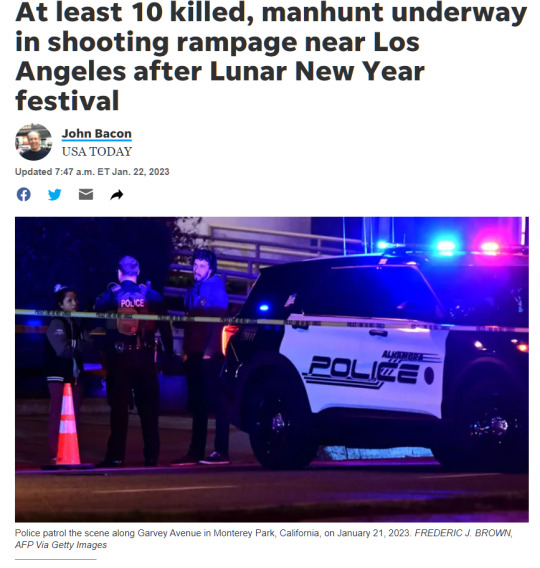
152 notes
·
View notes
Photo

Like any other group, Asians and Asian Americans obviously have their own conflicts. But they're taught to invest in external ideologies that hurt them as a path to "progress."
(Please don’t repost or edit my art. Reblogs are always appreciated.)
If you enjoy my comics, please pledge to my Patreon or donate to my Paypal.
https://twitter.com/Joshua_Luna/status/1134522555744866304
https://patreon.com/joshualuna
https://www.paypal.com/paypalme2/JoshuaLunaComics
#Pawnzi Scheme#Pawn-zi scheme#Asia#Asians#Asian diaspora#asian americans#asian america#comic#my art#fil-am artist#aapi heritage month#apahm#aapihm#artists on tumblr#joshua luna#josh luna
70 notes
·
View notes
Photo
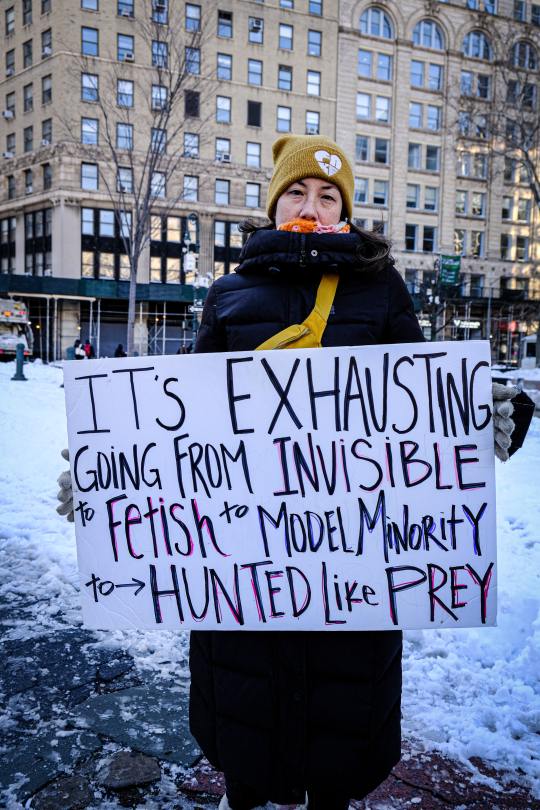
Happy Asian Pacific American Heritage Month! Find out today from the following 5 organizations how you can support the AAPI community!
➡️ 18 Million Rising (18MR)
➡️ AAPI Women Lead
➡️ Asian American Federation (AAF)
➡️ Asian Americans Advancing Justice (AAJC)
➡️ The Asian American Foundation (TAAF)
📸 by Katie Godowski on Pexels
#asian pacific american heritage month#asian#asians#asian american#asian americans#pacific islander#aapi#chinese american#korean american#filipinx#pinoy pride#asian lives matter#stop asian hate#stop aapi hate#anti asian racism#protect asian lives
88 notes
·
View notes
Text
If you are Asian American, and got rejected from an Ivy League school and you’re blaming African Americans AND affirmative actions… stop.
First of all, while women benefit the most. A quick Google search of “ Who benefits from affirmative action” you will see multiple articles stating ( with research) that white women are the main beneficiaries.
Secondly, are y’all not taking into account legacy students. You know … those kids who’s parents and grandparents and great grandparents all went to these schools? The really rich kids of politicians and lawyers and doctors….? No?
Third, what about those kids who’s parents donate a shit ton of money for their child to get into these schools… like there was a whole scandal involving rich parents essentially buying their child’s spot into these school not even two years ago.
Lastly, admission into these schools are tough. Do you know that test scores alone ain’t gonna get you noticed? Someone else can get the same score of 1650 but be in 20 different activities and get in before you do with just scores alone? On top of the fact many of these places make you write essays and there’s a list of topics that admissions counselors hate and will throw you stuff into the trash.
Affirmative Action was created because Asians, African Americans, Indigenous, basically anyone who wasn’t white couldn’t enter higher education without a fight an a half and they’re still rejected because of the rich people that went to these schools.
51 notes
·
View notes
Link
#culture#tv#asian americans#teen wolf#teen wolf movie#arden cho#girlpower#dylan o'brien#tyler hoechlin#jeff davis
304 notes
·
View notes
Text
#talkin#tik tok#affirmative action#asian american#asian americans#model minority myth#racism#black people#circusfaery33
128 notes
·
View notes
Text
Source: The Atlantic, author Katherine Hu
"There was a moment yesterday when I broke down at work. I sobbed, grieving because of the trauma that Asians and Pacific Islanders in America have absorbed and tucked away these past three years, the way so many daily walks have become heavier. The way stories of violence have layered upon others until it’s difficult for me to recall which individual in which city in which way. I thought of how quickly I have normalized the grotesque—standing in front of the subway beams when a train arrives so that I have something to grab onto if pushed; casually ignoring men who roll their eyes up and down my body and call me “China girl.” Too many marginalized people feel this: the notion that violence is the foundation of the home that we fearfully inhabit."
#asian americans#asian american mental health#monterey park#monterey park shooting#us mass shooting#california mass shooting#2023 mass shooting
44 notes
·
View notes
Text
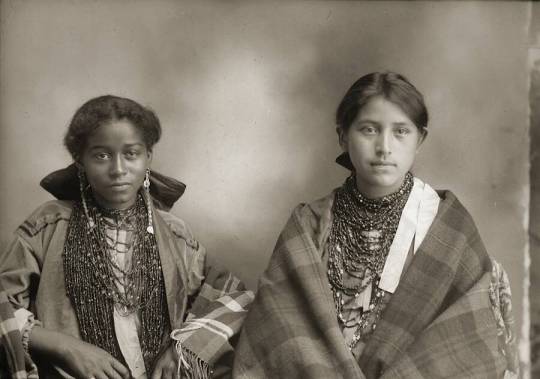

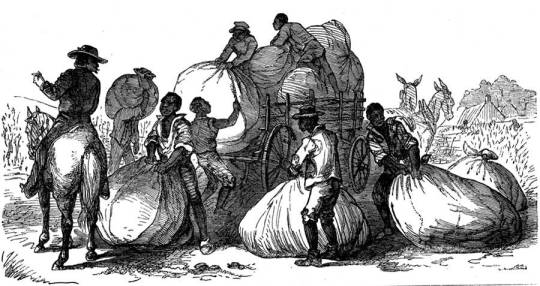
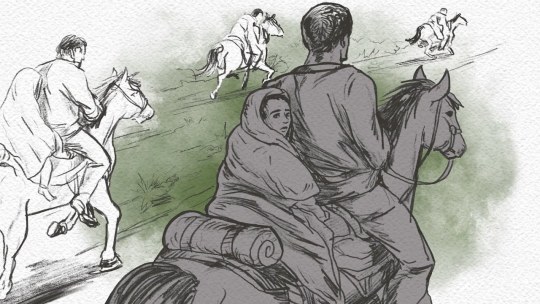


SLAVE REVOLT OF 1842.
Of the Five Tribes, the Cherokees were the largest holder of Africans as chattel slaves. By 1860 the Cherokees had 4,600 slaves. Many Cherokees depended on them as a bridge to white society. Full-blood Indian slave owners relied on the Africans as English interpreters and translators. Mainly, however, enslaved persons worked on farms as laborers or in homes as maids or servants. The Cherokees feared the aspect of a slave revolt, and that is just what happened in 1842 at Webbers Falls.
On the morning of November 15 more than twenty-five slaves, mostly from the Joseph Vann plantation, revolted. They locked their masters and overseers in their homes and cabins while they slept. The slaves stole guns, horses, mules, ammunition, food, and supplies. At daybreak the group, which included men, women, and children, headed toward Mexico, where slavery was illegal. In the Creek Nation the Cherokee slaves were joined by Creek slaves, bringing the group total to more than thirty-five. The fugitives fought off and killed a couple of slave hunters in the Choctaw Nation.
The Cherokee Nation sent the Cherokee Militia, under Capt. John Drew, with eighty-seven men to catch the runaways. This expedition was authorized by the Cherokee National Council in Tahlequah on November 17, 1842. The militia caught up with the slaves seven miles north of the Red River on November 28, 1842. The tired, famished fugitives offered no resistance.
The party returned to Tahlequah on December 8, 1842. Five slaves were executed, and Joseph Vann put the majority of his rebellious slaves to work on his steamboats, which worked the Arkansas, Mississippi, and Ohio Rivers. The Cherokees blamed the incident on free, armed black Seminoles who lived in close proximity to the Cherokee slaves at Fort Gibson. On December 2, 1842, the Cherokee Nation passed a law commanding all free African Americans, except former Cherokee slaves, to leave the nation.

#african#afrakan#kemetic dreams#africans#brownskin#afrakans#brown skin#african culture#slave revolt#cherokee#asians#asian#asian americans#native americans#indigenous peoples#indigineous people#indigenous#indigenous history#Ani'-Yun'wiya#Kituwah#Tsalagi
18 notes
·
View notes
Text
Non-Black minorities living/working in the USA
1) What is your definition of Affirmative Action?
2) Do you believe you can’t use Affirmative Action?
I want to know after reading posts under the tag affirmative action.
- eg: https://dhaaruni.com/search/affirmative
9 notes
·
View notes
Photo
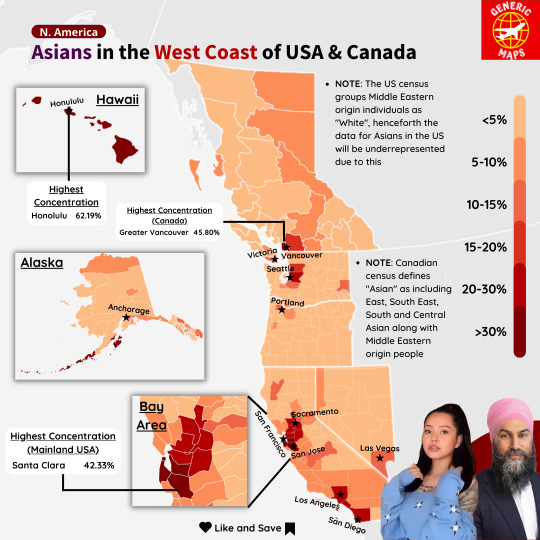
Asians in the West Coast of USA & Canada.
by generic_maps
122 notes
·
View notes